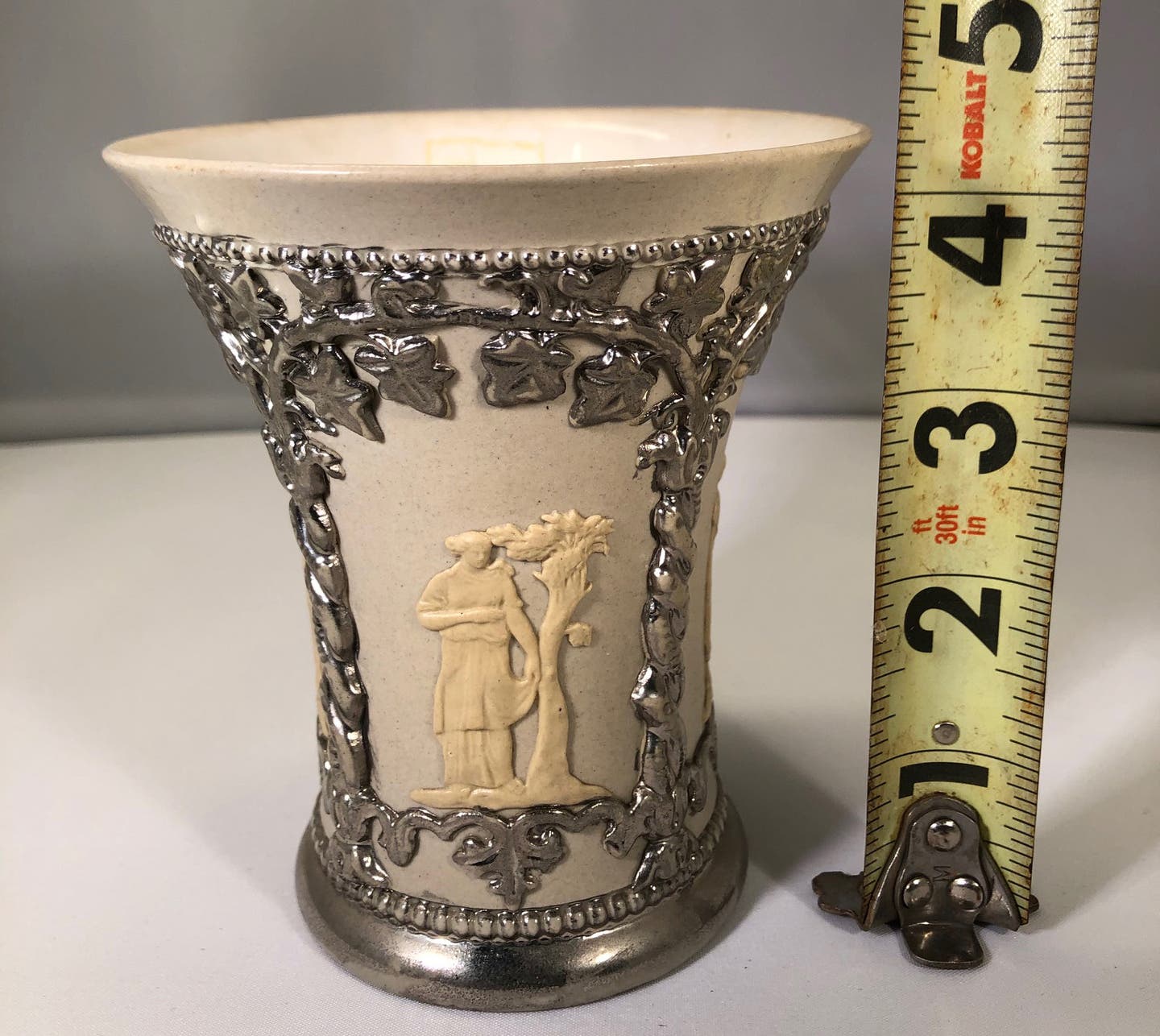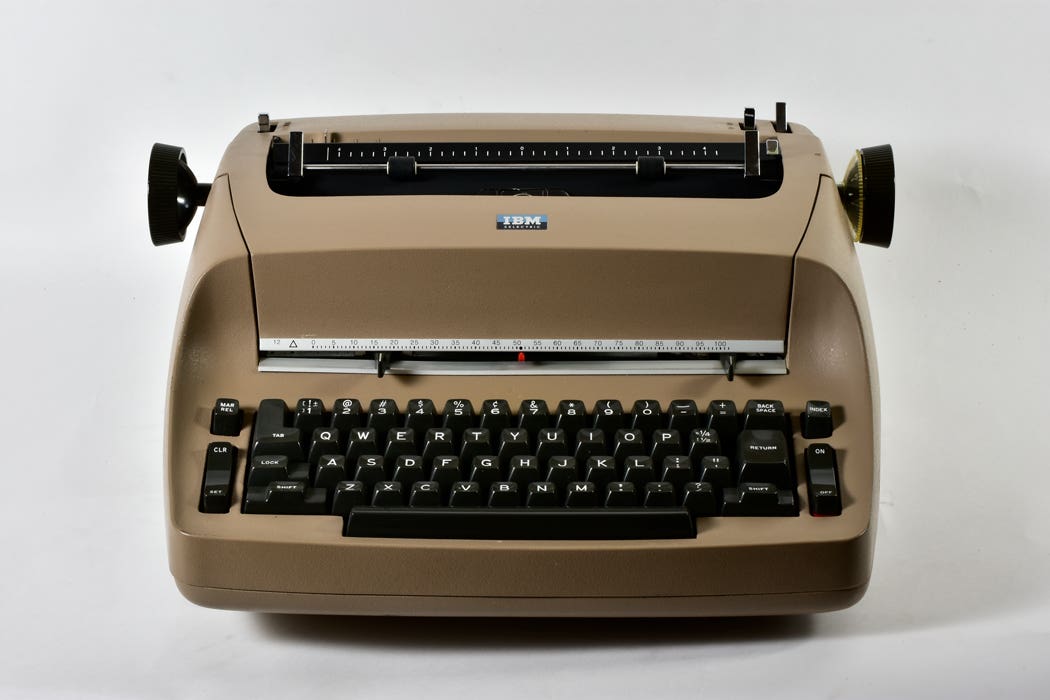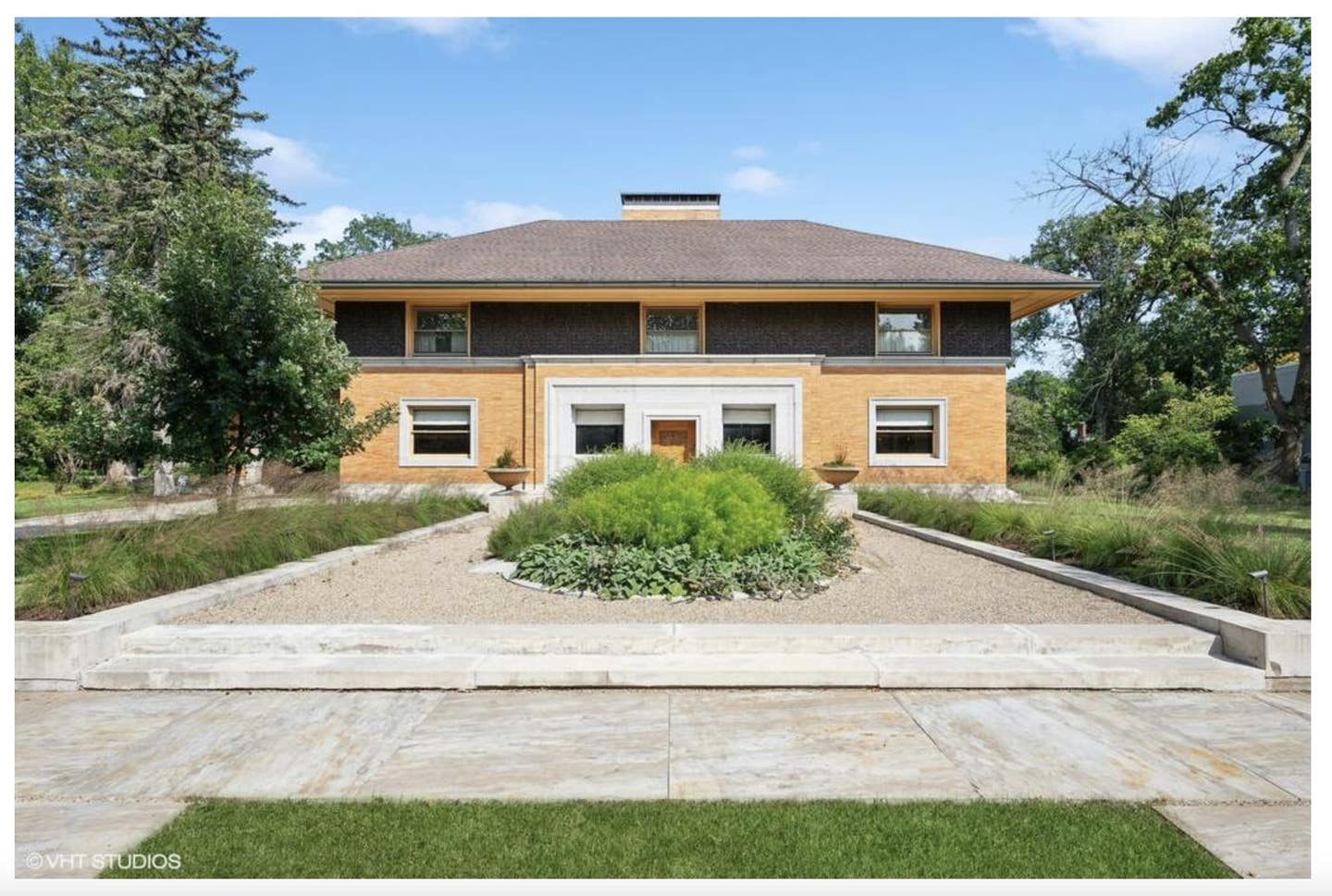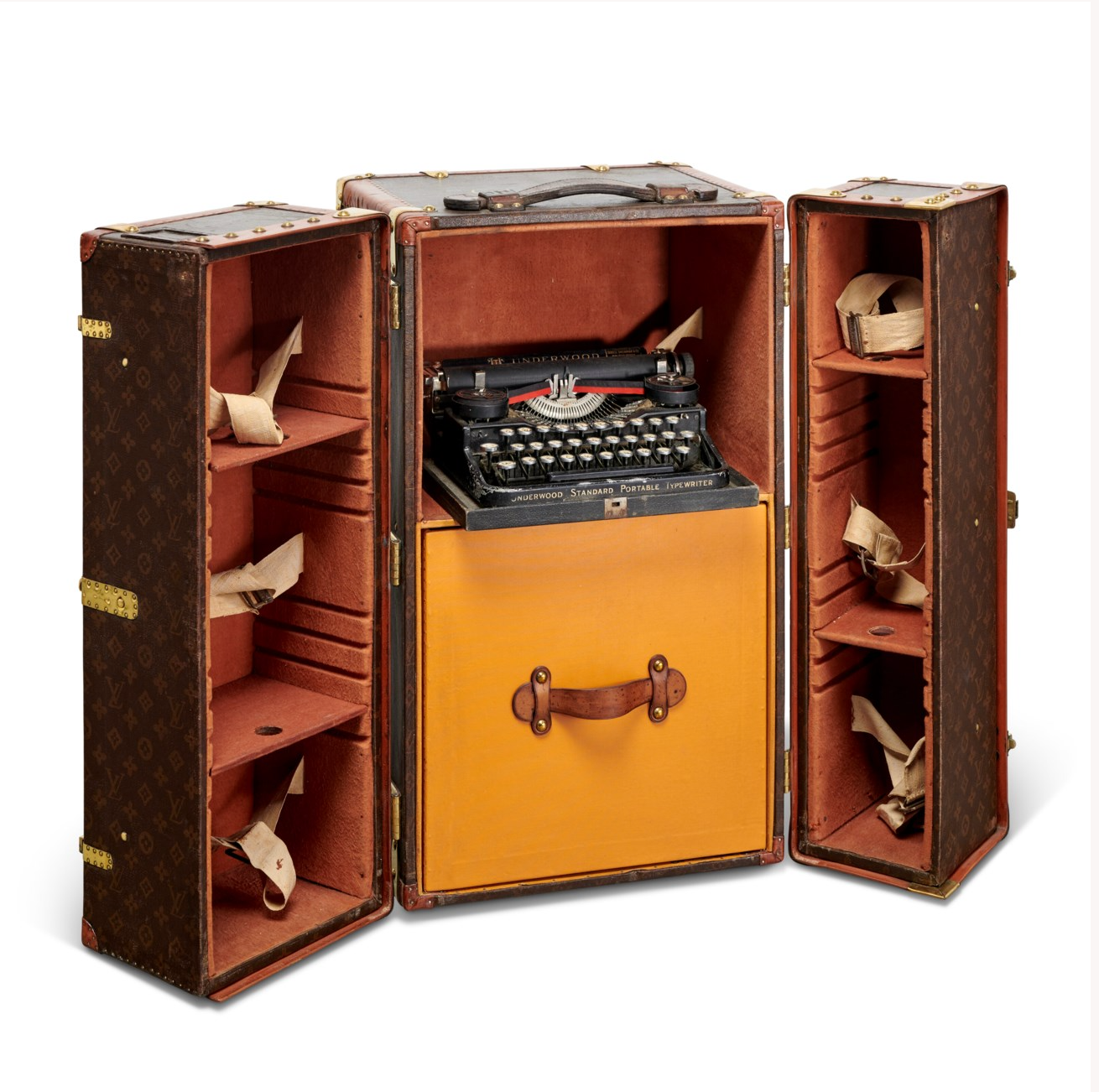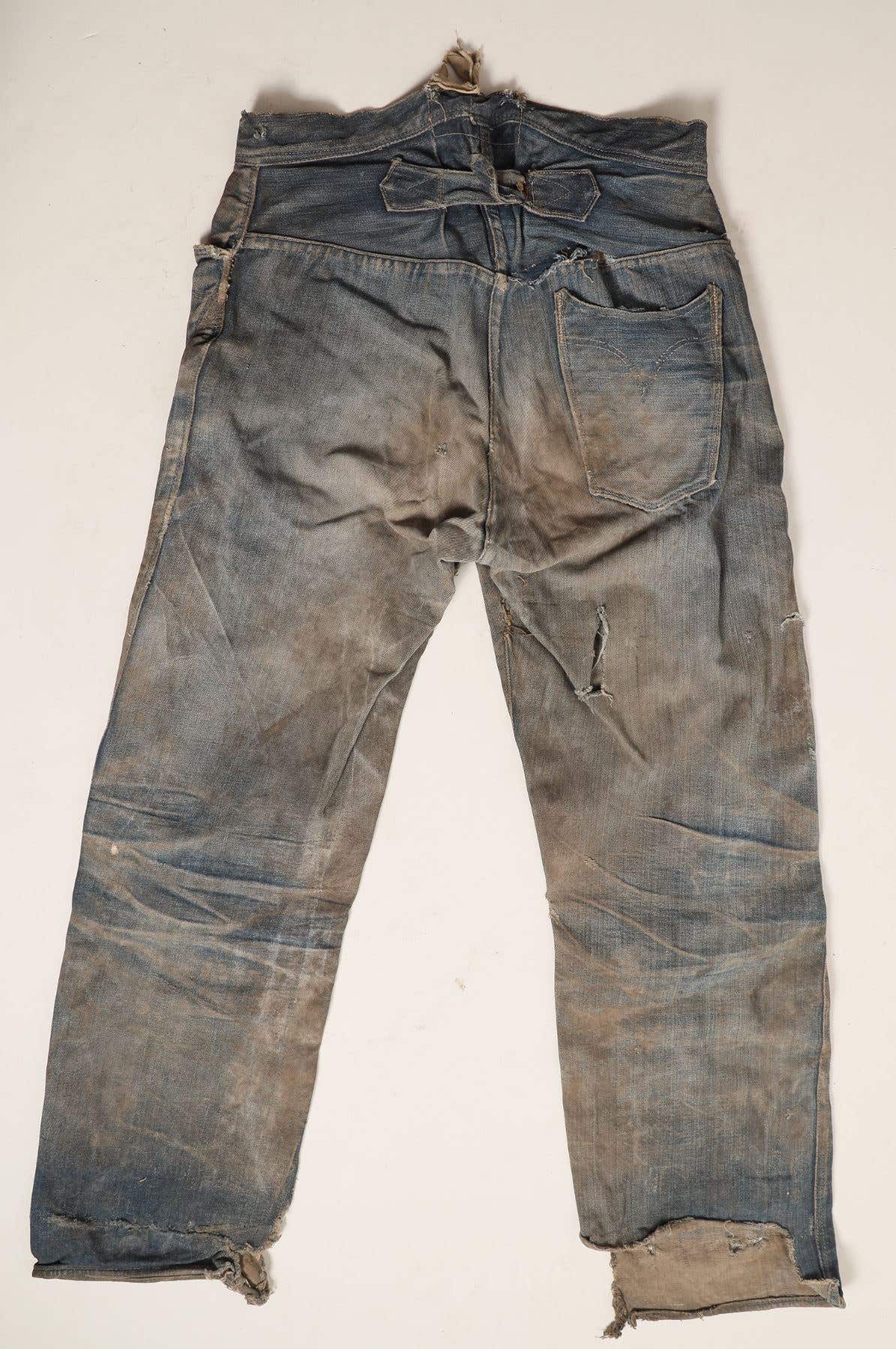Furniture Detective: Depression era furniture terms
There is an entire furniture vocabulary related to Depression era furniture, some of which can be applied to items in nearly every American home.
Most Americans alive today did not live through the Great Depression of the 1920s and 1930s, and for that we can be glad – ask anyone who did live through it. It was a tragic and sad time. But like most bad times it did have a few bright spots, and some of those are with us today.
The period not only left us with a legacy of factory-made family heirlooms, many of which are regarded as true antiques by some today, the era left us with new additions to the vocabulary, some of which expired during the war years and later, but some of them survive today with the rekindled interest in the furniture and forms of the period.
Lifestyle words like Prohibition, speakeasy, bathtub gin and flapper come to mind, as do government-generated ideas like the NRA (National Recovery Act), the WPA (Works Project Administration), the CCC (Civilian Conservation Corps) and the New Deal. And, of course, there were darker words like breadline, soup kitchen and the match girl that reflect the desperation of the times.
There is also an entire furniture vocabulary related to Depression era furniture that may come in handy somewhere down the line. Here are just a few:
Priscilla: This is a small lightweight stand, with a slanted top that lifts on both sides, used as a sewing cabinet. There is a handle above the lift top for carrying the stand. This ubiquitous sewing stand was named after a very popular treadle sewing machine of the early 20th century. In the 1920s, the company published a sewing magazine called “Modern Priscilla” and makers of the sewing stand adopted the name.
Borax: The term “borax furniture” means the extremely cheaply made but showy furniture aimed at the bottom of the Depression market. It was usually made of gum or poplar, which was painted in a yellowish wash. Then the pattern of fancy veneer was actually printed onto the surface and router lines produced an “engraved” look on the printed surface.
Oriental walnut: Literature of the period frequently refers to the wood used in a piece as “Oriental walnut,” an easily recognized geometrically striped wood that almost looks artificial in its uniformity and used extensively in Art Moderne furniture. However, the wood was neither oriental nor walnut. In fact it grows only in the coastal region of Queensland Australia. The technical name is Endiandra palmerstonii and is not even in the wood family we commonly refer to as “walnut.”
Veneerite: This is the predecessor of the notorious “photo finish” of the 1980s. Similar to the borax process, the imprint of fancy veneer is printed onto thin paper and the paper is then glued to the wood, producing the look of elaborate edge banding and inlay without the expense – not really a premium product but it was creative for the time and allowed a richer look for folks who couldn’t afford the real thing.
This article originally appeared in Antique Trader magazine
Learn about subscribing to Antique Trader magazine!
Antimacassar: This term actually was in use before the Depression era but it became more common then, when new fabric for upholstery was too expensive. The term refers to the cover many meticulous homemakers put on the top back of upholstered furniture to protect the fabric. Men’s hair styles of the day ran to the “wet look,” which was achieved by the use of various scented oils. The original oil was supposedly imported from the Macassar district of the island of Celebes, but other oils such as castor oil were often used in its place.
Coffee table: This common phrase ordinarily doesn’t bring the Depression era to mind but that’s where it originated. The 18th Amendment – Prohibition – prompted the form. During Prohibition, a great deal of America’s liquor was homemade and it had an abominable taste. Thus the development of the highball, the mixture of alcohol with a pleasant tasting drink to mask the flavor. This was the “cocktail.” When Prohibition was repealed in 1933, furniture manufacturers were quick to market a low profile “cocktail” table for the newly legalized drink. The backlash against the practice of publicly marketing what everyone wanted in private led to the manufacturers renaming their tables as socially acceptable “coffee” tables.
Smoking stand: Another vice of the period created a form that appears in almost every antique store and mall – the smoking stand with the accompanying ashtray, often equipped with a metal lined storage compartment for tobacco. Smoking stands had been popular since the turn of the century, but manufacturers during the Depression placed special emphasis on small specialty items like magazine racks and tea carts to get people who couldn’t buy a complete dining room or bedroom set to at least buy something. The stand became an art form in itself and some are highly prized today, even if the original reason for their existence is in decline.
There are many more terms, phrases and forms from the Depression era that are important today. Many of those can be found in “Furniture of the Depression Era” by Harriett and Robert Swedberg, published by Collector Books; “Popular Furniture of the 1920s and 1930s” from Schiffer Books and “American Manufactured Furniture” by Don Fredgant, also published by Schiffer.
With more than 30 in the antique furniture business, Fred Taylor is a household name when it comes to the practical methods of identifying older and antique furniture: construction techniques; construction materials; and style.



